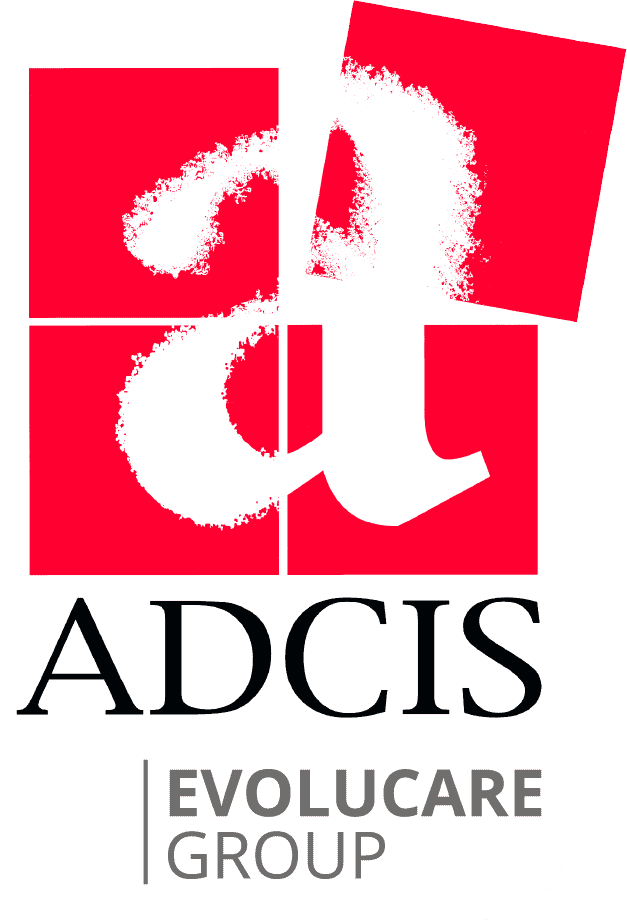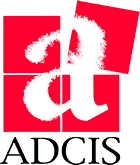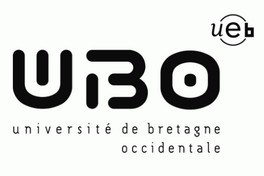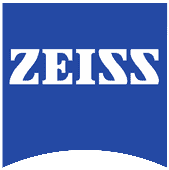Smart Evaluation of the Diabetic Retinopathy using new imaging technology
Partners
Objective
The main objective of the EviRed project is to develop an expert system that will answer a medical need: Replacing the aging classification of diabetic retinopathy (DR) mainly based on outdated fundus photography and providing an insufficient prediction precision.
It will use the most modern fundus imaging devices available today and Artificial Intelligence to properly integrate the massive amount of data they provide, and medical data of importance concerning the patient. It should allow to improve diagnosis and prediction, and help ophthalmologists make a decision during DR follow-up. This should lead to critical progress in DR management that is still the first cause of blindness in working age population even in developed countries.
Context
An important obstacle to fight DR is the use of an aging classification based on old imaging technics that are insufficient to predict the evolution.
New available imaging technics are superior:
- Ultrawide-field photography (UWFP) 200° fundus image covering 80% of the retinal surface gives useful information on the far periphery of the retina, not seen when using a standard 45°-photography.
- Structural optical coherence tomography (OCT) that produces cross sectional imaging of the retina with a resolution of a few microns has become the reference for diagnosis of diabetic macular edema. Recently it has been enriched with a new modality, OCT angiography (OCT-A) that can show the vasculature of the retina in an non invasive manner. Recently we have shown that, in 30-40% of cases, widefield OCT-A exhibited areas of non perfusion, the hallmark of DR, which were not seen on fluorescein angiography (the referent but invasive technic for this purpose).
These new imaging modalities produce an expanding amount of data requiring high human expertise. Any clinical score based on these technics will be complex and challenging for most ophthalmologists.
The aim of this project is to develop an Artificial Intelligence (AI) based expert system integrating data to propose diagnosis and prediction. To help developing a powerful AI algorithm, the project will take benefit of 10 investigation sites. At least one thousand patients are recruited in each site. It will generate a huge and unique image dataset that will be used to develop the AI. Having developed with most members of this consortium an AI based RD screening system based on fundus photography (CE marking and market release pending) and being joined by the word leader of eye imaging with all its R&D knowledge, ADCIS has all the basics and data to achieve the main goals of the project.
Milestones
- ADCIS will develop tools and organization required to implement the other R&D tasks. Evolucare will develop a platform for a virtual reading center. AP-HP (Lariboisière Hosptal) a reference center for the management of DR that has already acted as reading center, will train a medical expert team and manage the reading center.
- 10 ophthalmology and 13 diabetic departments, representing an active file of 55,000 diabetic patients, under the leadership of the AP-HP, will provide patients and data.
- Algorithm developed by the LaTIM, a world-class research lab in AI, will be firstly trained with retrospective dataset of 2,000 images available at the beginning of the project, and then with a prospective dataset of 4,000 diabetic patients, recruited during the first two years of the project and seen annually with imaging from at least 4 devices (20,000 visits and 120,000 images). A separate dataset of 1,000 diabetic patients recruited at the same time will be used to validate the algorithm. The Zeiss company will provide their widefield OCTA and imaging technology for the study and use its R&D for the direct extraction of information from machines.
- The algorithm will be compared to the diagnosis by human using the old classification, using the same series of 1,000 patients. Algorithms developed by LaTIM and Zeiss will also be run on images captured by different other systems to assess their reliability on those systems too.
- AP-HP will study how to integrate the EviRed system into clinical practices.
- ZEISS and ADCIS will industrialize the system that can come to market, after CE certification.
Benefits
EviRed will bring a new technology that, by improving personalization of care, avoids unnecessary burden and costs, and by making possible timelier, even preventive, treatments when required, should better preserve vision. It should make the diagnosis quick and within the reach of all ophthalmologists, helping the spread of this new expertise to places deficient in retina specialists.






